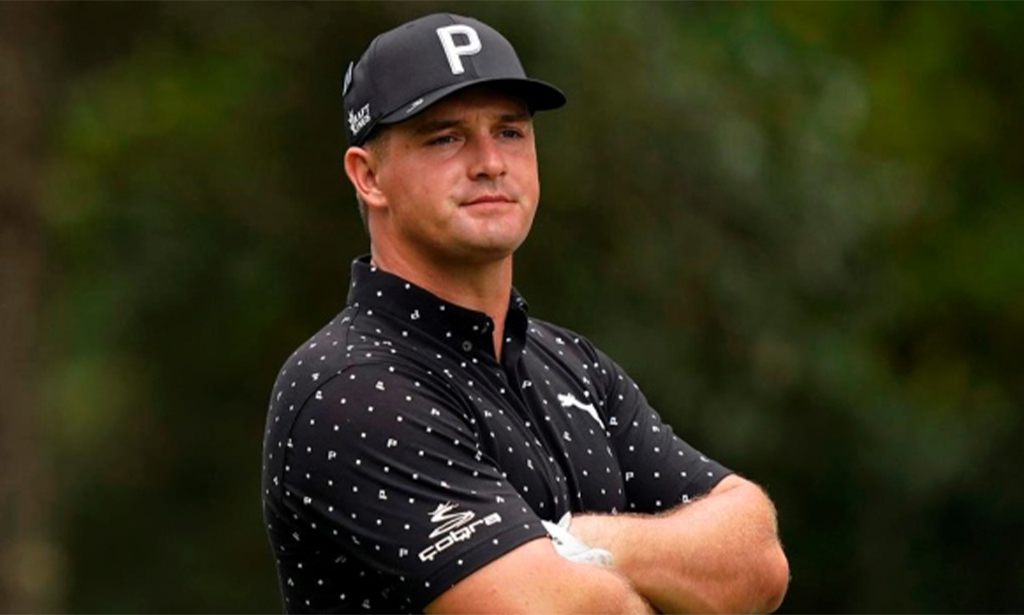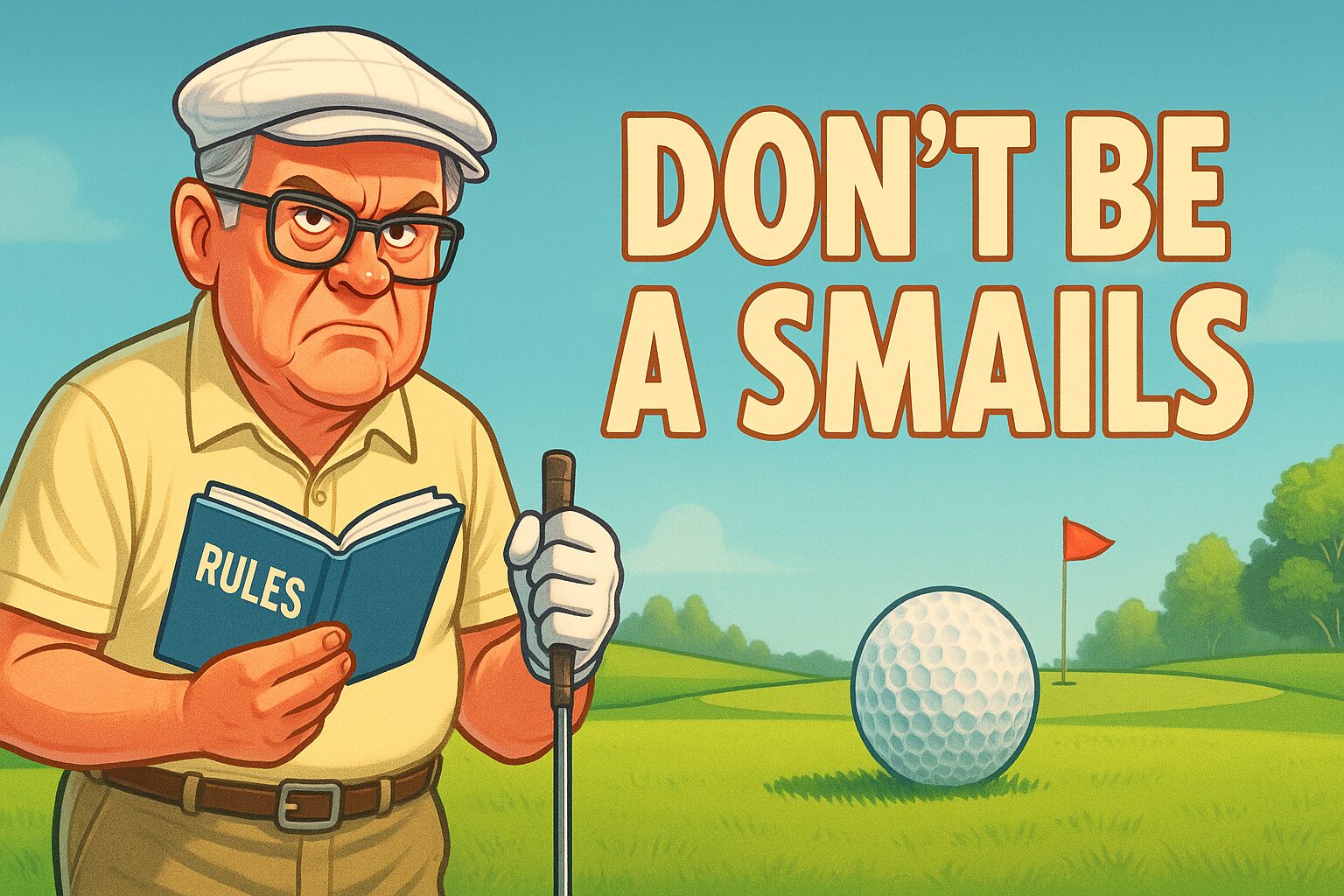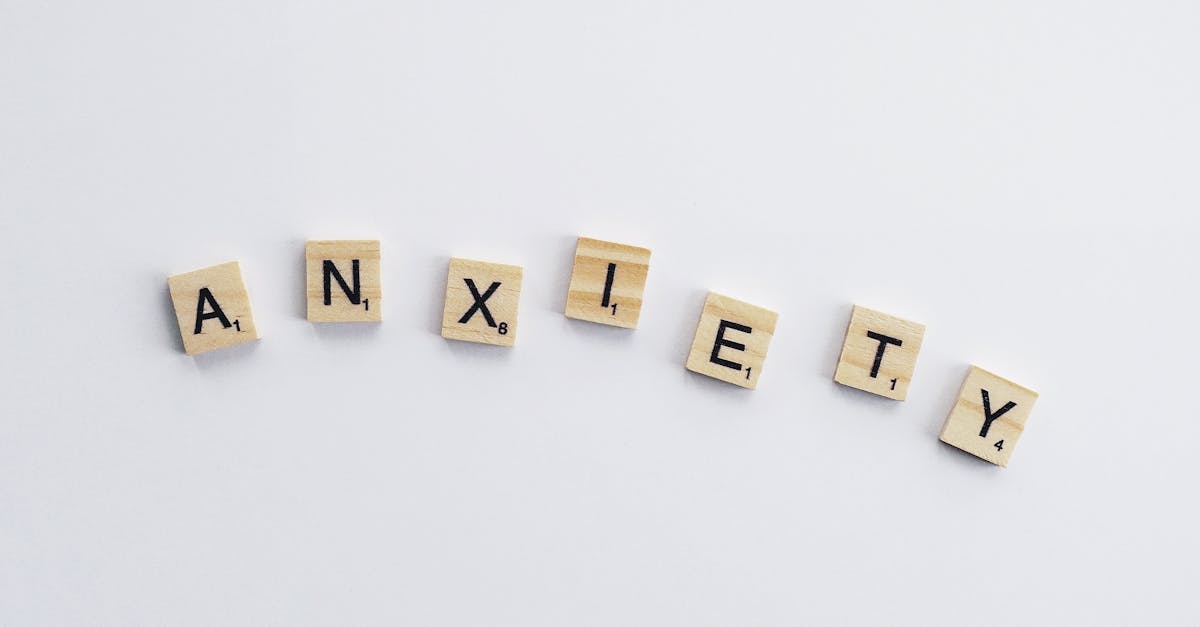Blog
Does Bryson Regret Not Getting Vaccinated?

A positive COVID-19 test knocked Bryson DeChambeau out of the Summer Games in Tokyo. It also seemingly knocked the wind out of his sails. Or so we thought…
Still, despite his dream of representing the U.S. in the Olympics suddenly turning into the unfortunate reality of handing his spot over to Patrick Reed, apparently DeChambeau doesn’t regret his decision to decline getting vaccinated earlier this year.
Young and Healthy
“The thing is, the vaccine doesn’t necessarily prevent it from happening,” DeChambeau said Wednesday at TPC Southwind following his pro-am round ahead of the World Golf Championships-FedEx St. Jude Invitational. “I’m young enough. I’d rather give (the vaccine) to people who need it. I don’t need it. I’m healthy. I’m a young individual who will continue to be healthy and continue to work on my health.” Given the recent increase in cases due to the Delta variant and a shortage of vaccines, with almost 500,000 people a day initiating the vaccine, this position may hold a little weight. But we have to ask, is this just a posturing move from the brazen young “Bomb & Gouge” athlete?
DeChambeau seemingly stands firm on his position, despite the Centers for Disease Control and Prevention stating that currently 90 percent of all positive cases – and 95 percent of all hospitalizations due to COVID – are the result of unvaccinated individuals.
“I don’t think that taking the vaccine away from somebody who could need it is a good thing for me,” he said. “Like my dad. He got it early on because of his status, being a diabetic. Now, over the course of time, if they really, really mainstream (the vaccine) and everything is vetted out, I won’t have an issue.” Our position is with all the responsibility: travel, entourage, playing with random pairings, etc…it may make more sense for ther PGA to enforce that all PGA players need to be vaccinated by a certain date, say 2022.
DeChambeau, the reigning U.S. Open champion and ranked No. 7 in the world, tested positive twice just days before he was scheduled to fly to Tokyo. The love him or hate him Patrick Reed (most in category B) replaced DeChambeau on the roster. DeChambeau had tested negative three times before playing in the British Open in mid-July, where he tied for 33rd.
DeChambeau, 27, had also tested negative ahead of traveling to Tennessee.
‘Bound to happen’
“It was the first time I tested positive,” he said. “It was bound to happen. Unfortunately, it happened during that week. The odds are, you’re testing year-round, you’re traveling the world, it’s going to happen. Ironically, our position is that is precisely why you WOULD be pro active and get the shots. At least eliminate the majority of the variables…
“I tried to take all the necessary precautions to not get contracted. Unfortunately, I tested positive. We took a couple tests and tested negative both times and I couldn’t do anything about it.
“I didn’t feel (any symptoms) until two days after I tested positive. It was weird. I didn’t feel anything at all and then, all of a sudden, symptoms started coming on. I don’t know where I got it, how I got it, I was just home in Dallas and it was in the air. The day I tested positive I thought it was a false positive. That’s why I thought I was asymptomatic.”
Fatigue was his overriding symptom and DeChambeau said he slept “all the time.” He said he felt weaker as well. He initially felt it was more so because he was behind d on his workout schedule due to the fact he was sleeping much of the day and night. He also had a day full of “a few coughing spurts.” Because of his inactivity, he didn’t eat much, as well. All in all after the 7-10 days he was back to his usual self.
He said he’s lost 8-10 pounds and has been struggling with allergies since testing positive. He said he started feeling much better – “Where I could spend a full day outside,” he said – three days ago.
But How’s His Performance?
As for his power?
“I still hit golf balls in my stimulator. I don’t have as much speed coming back from it. I just didn’t practice for a week,” he said. “With my irons, nothing (speed wise has been lost). With driver, I can’t hit driver at home. My ceiling isn’t high enough. I’ve probably lost 5 mph with my driver.”
Despite losing his place on Team USA for the Olympics, DeChambeau did in fact watch the men’s golf competition.
“It was sad when I tested positive,” DeChambeau said about missing the Olympics. “After I tested positive, my brain just shifted to a place where I just wasn’t in the Olympics. I love the Olympic Games & I love my country. I hope I can be there in three years.”
DeChambeau has only played two 9-hole rounds since his positive COVID result – both here at TPC Southwind.
“I’m not really expecting much,” he said of this week. “I’m just going out here and trying to get through the week and feel comfortable and then do it again.
“Maybe lower expectations will help me this week.”
Blog
The Unofficial Rules of Golf: A Gentleman’s Guide to Not Being Judge Smails
The official rulebook is thicker than a dictionary and twice as boring. Let’s talk about the rules that really matter on the course: how to have fun, respect the game, and not be a stick-in-the-mud. Hint: It involves less plaid and more cosmic harmony.

You’ve seen him. I’ve seen him. The guy who quotes the USGA rulebook like it’s scripture. He’ll happily tell you your ball moved a quarter of an inch when you addressed it, costing you a penalty stroke. He’s got a plumb bob for a three-foot putt and the personality of a rake. He is, in spirit, Judge Smails. And let’s be honest, nobody wants to be Judge Smails.
The real game of golf, the one that keeps us coming back, isn’t played by those rules. It’s played by a higher law. An unwritten code of conduct that’s all about flow, friendship, and the pursuit of that one perfect shot. It’s a gentleman’s agreement with the universe.
So, let’s talk about the rules that actually matter.
1. The Cosmic Readjustment (aka The Mulligan). Your first tee shot is a mess. It goes sideways into the woods where the gophers play. The Smails of the world would tell you to take a penalty and hack it out. I say the universe is just getting warmed up. The “breakfast ball” isn’t cheating; it’s a course correction. It’s an agreement among friends that a round of golf shouldn’t be ruined before it even begins. Take another. The Dalai Lama would want you to.
2. The Art of Flow (aka Pace of Play). This isn’t about rushing. Rushing is a fool’s game. This is about flow. It’s about being ready to hit when it’s your turn. It’s about watching your friend’s shot so you can help them find it. It’s about moving with a purpose, not like you’re searching for your car keys in a dark parking lot. Don’t be the anchor that drags the whole group down. See the line, hit the ball, walk on. Nanananana.
3. The Circle of Friendship (aka Gimmes). Is the putt inside the leather? Good enough. Pick it up. Life is too short to watch your buddies sweat over an 18-inch putt for a double bogey. A gimme isn’t just a time-saver; it’s a gesture of goodwill. It says, “I trust you, you trust me, and neither of us needs the anxiety of missing this tiny putt.” It’s good for the karma, and even better for the pace of play.
4. The Final Verdict (aka The 19th Hole). The most important rule is this: no matter what happened out there, you shake hands on the 18th green and settle things over a cold drink at the 19th. The guy who shot an 82 and the guy who shot a 102 are equals in the clubhouse. The stories get better, the putts get longer, and the bad shots fade away. This is where the real game is won.
So, forget about the fine print. Focus on the feeling. Be a good playing partner, enjoy the walk, and don’t be a Smails. You’ll find your score starts to take care of itself.
Did this speak to your soul? Pass it along to your foursome to make sure everyone is on the same page. For more deep thoughts from the fairway, be sure to follow us on social media. It’s the right thing to do.
Blog
When Golf Gadgets Fail: Navigating Common Tech Mishaps on the Golf Course
A Look at What Happens When Modern Golf Gadgets Go Wrong

Imagine this: you’re on the golf course, teeing off on a beautiful, sunny day. With the help of your trusty golf gadget, you’re confident you’ll hit a birdie or even an eagle. But just when you’re about to swing, your gadget malfunctions. Suddenly, your perfect game is thrown into chaos. Welcome to the world of technology fails, where even the most advanced golf devices can sometimes let you down. In this article, we’ll explore some common tech fails and provide some tips on how to handle them.
When Golf Gadgets Let You Down
Modern golf devices, from smart clubs to digital scorecards to GPS-enabled watches, have revolutionized the game. They provide golfers with real-time data, helping them refine their swing, choose the right club, and navigate the course. But what happens when these devices fail?
Unreliable Data
One of the most common golf gadget fails is inaccurate or unreliable data. GPS devices might show the wrong distance to the pin, swing analyzers might give incorrect feedback, and digital scorecards might miscalculate your score. This can be frustrating, especially when you’re relying on these devices to improve your game.
Battery Drain
Another common issue is battery drain. Many golf gadgets require a significant amount of power, and if they’re not properly charged, they can die in the middle of a game. This leaves you without the data you need to make informed decisions on the course.
Technical Glitches and Malfunctions
Sometimes, golf devices just stop working. They might freeze, crash, or refuse to turn on. These technical glitches can be caused by software bugs, hardware issues, or even user error.
Preventing Golf Gadget Fails
While it’s impossible to prevent all golf gadget fails, there are steps you can take to minimize the risk.
Regular Updates
Keeping your devices updated can help prevent software-related issues. Regular updates often include bug fixes and improvements that can enhance the performance of your device.
Proper Charging
To avoid battery-related problems, make sure to fully charge your devices before hitting the course. Some devices also have power-saving modes that can help extend battery life.
Backup Plan
It’s always a good idea to have a backup plan in case your devices fail. This might mean carrying a traditional scorecard or having a basic understanding of how to calculate distances without a GPS.
When Gadgets Go Wrong: The Bottom Line
Golf gadgets are a fantastic tool for any golfer looking to improve their game. However, like all technology, they can sometimes fail. By understanding the common issues and how to prevent them, you can ensure you’re prepared for any tech-related hiccups on the course. After all, golf is about more than just the gadgets—it’s about the experience, the skill, and the love of the game.
Blog
Mastering the Art of Overcoming Choking under Pressure: Strategies for Peak Performance
Learn the skills needed to stay calm under pressure.

Imagine this: you’ve spent countless hours honing your skills, preparing for that big presentation, important meeting, or decisive sports match. But, when the big moment arrives, instead of performing at your best, your mind goes blank, your hands shake, and you flub it. The dreaded phenomenon of ‘choking under pressure’ can strike anyone, from the seasoned professional to the eager amateur. So, how do you overcome this common mental roadblock? In this article, we’ll explore effective strategies to help you conquer the fear of choking and elevate your performance under pressure.
Understanding Choking under Pressure
Before you can overcome choking, it’s crucial to understand what it is. Psychologists define choking as performing below your ability under pressure. This can be due to heightened anxiety, overthinking, or fear of failure. The irony is, the more you care about performing well, the more likely you are to choke.
Why Do We Choke?
Several factors contribute to choking under pressure. Here are a few:
-
- Fear of Negative Evaluation: The fear of being judged negatively by others can cause significant anxiety, leading to poor performance.
- High Stakes: When the stakes are high, and the outcome is important, the pressure can cause you to underperform.
- Overthinking: The tendency to scrutinize every detail in high-pressure situations can divert your focus from the task at hand.
Strategies to Overcome Choking
Now that we understand why we choke, let’s delve into strategies to prevent it:
- Practice Under Pressure: Simulate high-pressure situations during practice to acclimate yourself to the stress.
- Focus on the Process, Not the Outcome: Concentrating on the process helps keep your mind focused and prevents overthinking.
- Use Positive Affirmations: Positive self-talk can boost your confidence and reduce anxiety.
Case Studies: Athletes Overcoming Choking
Many successful athletes have overcome choking to deliver exceptional performances. Take Michael Jordan, for example. He often missed crucial shots early in his career but used these failures to fuel his determination and eventually became renowned for his clutch performances. Similarly, Serena Williams has bounced back from choking in several matches to claim victory, demonstrating her mental toughness.
Choking under pressure is a common phenomenon, but with the right strategies, it can be overcome. By understanding the causes of choking and implementing techniques like practicing under pressure, focusing on the process, and using positive affirmations, you can learn to perform at your best when it counts the most. Remember, it’s not about never feeling pressure; it’s about learning how to thrive within it.
As Michael Jordan said, “I’ve missed more than 9,000 shots in my career. I’ve lost almost 300 games. 26 times, I’ve been trusted to take the game-winning shot and missed. I’ve failed over and over and over again in my life. And that is why I succeed.” So, next time you face a high-pressure situation, think of it as an opportunity to grow, not a threat to be feared.
If you’ve enjoyed this article and want to learn more about mastering your mental game, subscribe to our newsletter for more tips and strategies. Or, if you’re ready to take your mental toughness to the next level, check out our other articles designed to help you conquer pressure and perform at your peak.
-

 Product Review6 years ago
Product Review6 years agoThe Perfect Practice Putting Mat Review by Jason Tenzer
-

 Blog4 years ago
Blog4 years agoLoophole Rule Offers PGA Tour Pros a Mulligan
-

 Blog4 years ago
Blog4 years ago2021 Buyer’s Guide: The Top 10 Value Golf Balls For Distance & Feel
-

 Blog5 years ago
Blog5 years agoGolf Marriage Counselor
-

 Product Review6 years ago
Product Review6 years agoTHE ADJUSTABLE IRONS: WALKING STICKS GOLF CLUBS
-

 Blog6 years ago
Blog6 years ago9 Biggest Chokes Of The Past Decade
-

 Blog4 years ago
Blog4 years agoWhat Your Golf Clubs Say About You
-

 Equipment6 years ago
Equipment6 years agoOHK Sports Interview by Jason Tenzer


















